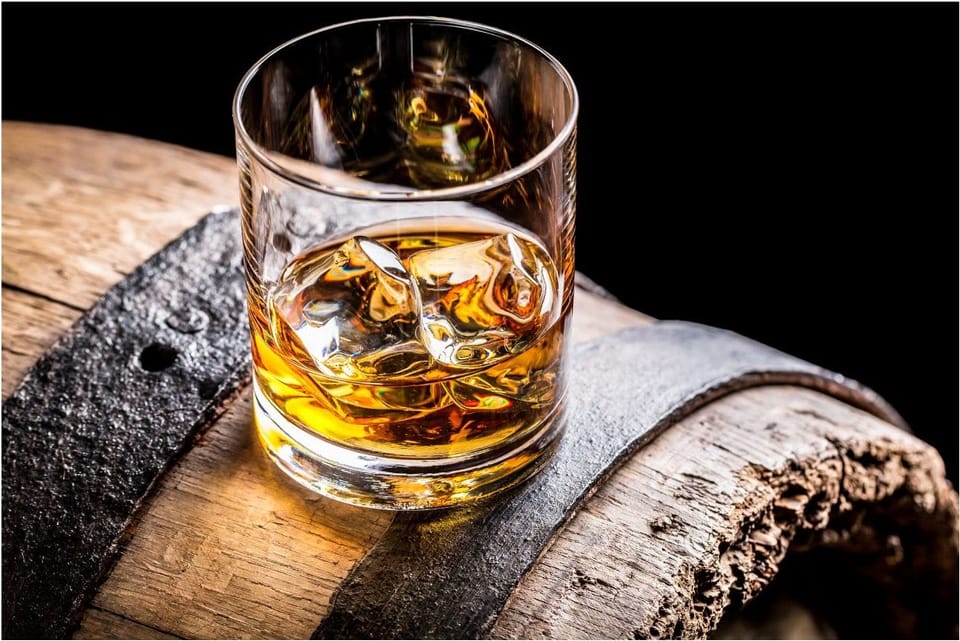Whiskey: A Neat Investment

If given the option, why would anyone pass up the opportunity to taste a good whiskey? What if you could profit from it without consuming it?
But first, for the purists and the connoisseurs among us – ‘whisky’ is produced in Scotland, Canada and Japan, and is distilled from malted barley, while ‘whiskey’ is made in Ireland and the US, and is distilled from a variety of grains (and may contain added colourings and flavourings).
Now, no one is suggesting you deny yourself the pleasure of a good single malt, but why not turn that into a generational investment in the process?
The thing with collectables is that they only tend to be extremely valuable when rare or bundled as ‘complete’ (think Fabergé Eggs). Whiskey is made and sold every year, so how could this become an investment? The answer is time. Not yours, but the whiskey’s. Time adds value to the precious liquid and allows it to fill your home with more than just an aroma.
Scotch whisky (yes, made in Scotland) follows such strict requirements that there is legislation that governs what is worthy enough to carry the very name. Obviously, this is a serious matter. And within this legal framework the fact of time is included. A minimum of three years of ageing, to be exact. This would explain why older bottles sell for more and why some even find their way behind glass in cabinets at your local supplier.
Incidentally, ‘whiskey’ has a minimum requirement of just two years’ ageing.
Starting and Valuing your collection
Say you had a few of those untouched bottles, or you wanted to start buying them now, how would you even begin to value your collection? Simple, each bottle holds its own retail value in the market, so you would not have to thumb-suck a value. You could use simple arithmetic to arrive at a final value that would correspond with the SMS notifications from your bank. But if the aim is investment, what next?
There is the rocky problem of storage. Unlike a stack of R200 notes or a lab diamond that could easily fit into your home safe, you can’t always walk around with a bottle on you (unless you want to look suspicious). Then again, the intention is to preserve the wealth, not flaunt it. So a cellar in your house would be a good solution that would double down by also increasing the overall value of your property. But what if someone breaks into your home and steals a few bottles?
For the more patient investors willing to seek out greener pastures, why not swap out bottles for the entire cask. This is where the real investment lies, the “liquid gold”. This is because, unlike wine, whiskey ceases to age when bottled. A 12-year MacCallan can become a 15-year MacCallan if left unbottled. Interestingly, casks also happen to run considerably cheaper in maintenance costs than a rental property and offer much less headache if you’re weighing up the pros and cons. Imagine being able to decide when to bottle your own cask. If only there was some way to get around the significant costs of these magical housing cases.
So how does one get in on the action then?
Now we’ve already looked at the merits of Tokenization, but why would this be so applicable to a whiskey investment? For a number of reasons actually. First, it would allow you to buy a portion of a cask as opposed to the entire thing. Secondly, this would allow you to scale your investment at your own pace and taste. And thirdly, because you would be able to entrust the entire collection to a distillery or asset manager, similar to how paintings are entrusted to museums. This would solve your theft concerns as they would handle the insurance. Even Larry Fink sees that this is the future. And the best part is that if you’re dealing with blockchain, you can easily diversify your collection across casks and even distilleries.
So here’s a toast to hopefully giving your portfolio the taste it deserves!
